Research Brief: Drivers and Mechanisms of Harmful Algal Blooms in Grand Lake St. Marys
1Grand Lake St. Marys is one of many freshwater lakes that have experienced a boom in harmful algal blooms (HABs) over the years. Because Grand Lake St. Marys is located in an agricultural watershed, runoff events have the potential to lead to non point source nutrient loads into the lake. In GLSM, this has manifested as Planktothrix-dominated blooms that can produce microcystin.
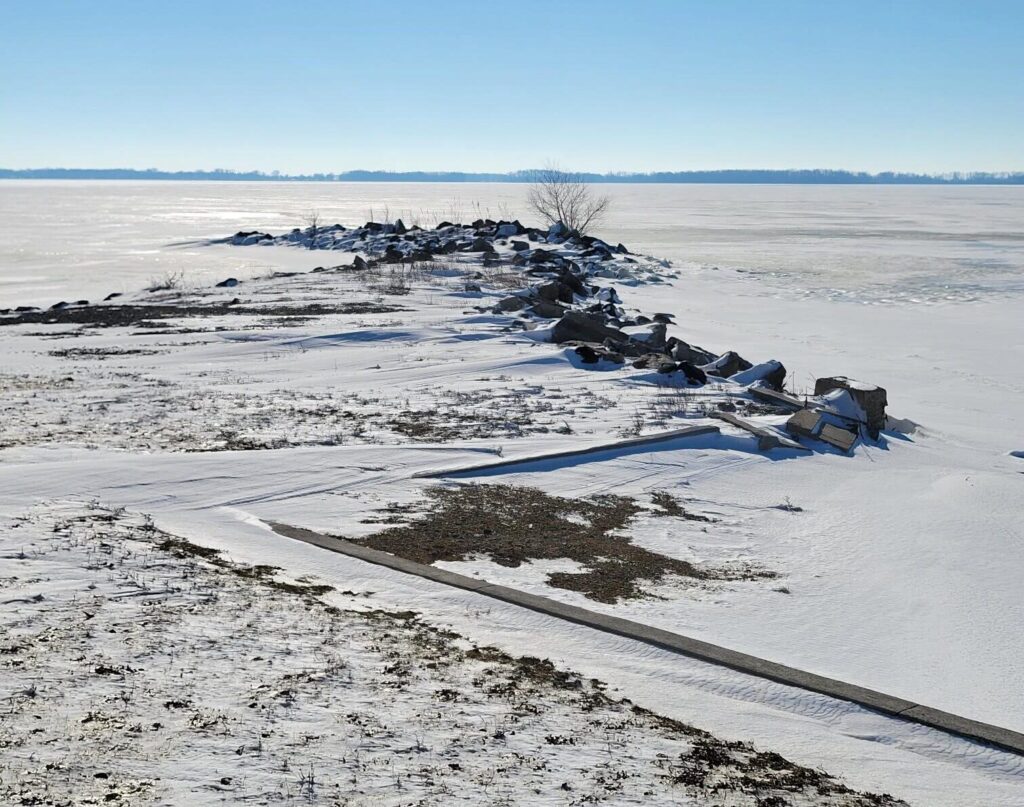
Grand Lake St. Marys covered in ice and snow (Credit: Stephen Jacquemin / Wright State University – Lake Campus)
While the main drivers of bloom biomass and toxicity in the lake are known, emerging conditions observed in 2019 to 2022 help explain how ice cover and precipitation contribute to changes in HAB severity and toxicity.
A 2024 study published in Harmful Algae sought to better characterize the phytoplankton community in Grand Lake St. Marys during anomalous water years to understand why and how variations in toxicity occur.1
The goals of the research “were to characterize phytoplankton community structure, total microcystin concentrations, ammonium uptake and regeneration rates, biomass (chlorophyll and phycocyanin), physicochemical parameters, and abundance of the mcy gene to better explain the anomalous observations from 2020 to 2022.”1
The researchers hypothesized that toxin concentration prediction models would be more accurate when using ammonium (a form of nitrogen) availability rather than traditional models that use total nitrogen or even phosphorus concentrations. Often, monitoring nutrient concentrations results in very low concentrations of the nutrients most quickly used by phytoplankton.
Methods
Water sampling was conducted at four sites (three on the lake and one within a semi-enclosed beach area): West Lake, Lighthouse, Campus, and West Beach.
West Beach and West Lake were sampled in 2020 and 2021 for water quality parameters and nitrogen incubations. Lighthouse and Campus were added in 2021, and only water quality parameters were measured. In 2022, only Campus and West Lake were sampled.
In-situ measurements were conducted using a YSI ProDSS and Algae Torch handheld probes that measured pH, temperature, conductivity, dissolved oxygen, turbidity, and phycocyanin and chlorophyll. In addition to the handheld measurements, samples were also collected at the sites and analyzed for dissolved (ammonium (NH4+), nitrate) and total nutrients.
These samples were then divided into sub-volumes for further analysis of total N and P concentrations, total microcystin concentration, mcy gene abundance, ammonium uptake and regeneration rates, and phytoplankton community species identification.1
Results
The three-year study period of 2020, 2021, and 2022 captured a year of high, low, and medium toxicity, respectively.1
Similarly, spring tributary loading data (collected by Heidelberg University’s National Center for Water Quality Research) correlated with toxicity for the year: high precipitation in Spring 2020 (high toxicity) resulted in 50% more water inflow into Grand Lake St. Marys than in 2021 (low toxicity), and Spring 2022 (medium toxicity) had average inflows from the Chickasaw Creek tributary.2
Ice cover was observed in 2021 and 2022, but not in 2020, resulting in reduced biomass in ice-on years.
2021 experienced an anomalously low spring and early summer bloom, resulting from low rainfall in late winter and spring during ice-out. As a result, 2021 saw a N-fixing Aphanizomenon bloom in July.
In August of 2021, the lake returned to the typical Planktothrix-dominated community, resulting in lower microcystin levels compared to 2020 and increased total phytoplankton diversity.
Ammonium turnover rates were higher in 2020 and 2022 compared to 2021, following a similar pattern as microcystin concentrations, suggesting that nitrogen availability serves as a catalyst for microcystin production.
Ultimately, while chlorophyll is a good indicator of algal biomass production, quantifying nitrogen availability is also critical for estimating toxin production.
Source
- Newell, S. E., Doll, J. C., Jutte, M. C., Davidson, J. L., McCarthy, M. J., & Jacquemin, S. J. (2024). Drivers and mechanisms of harmful algal blooms across hydrologic extremes in hypereutrophic grand lake st marys (Ohio). Harmful algae, 138, 102684. https://doi.org/10.1016/j.hal.2024.102684
- 2. NCWQR, 2022. Heidelberg Tributary Loading Program (HTLP) Dataset. Zenodo. https://doi.org/10.5281/zenodo.6606949




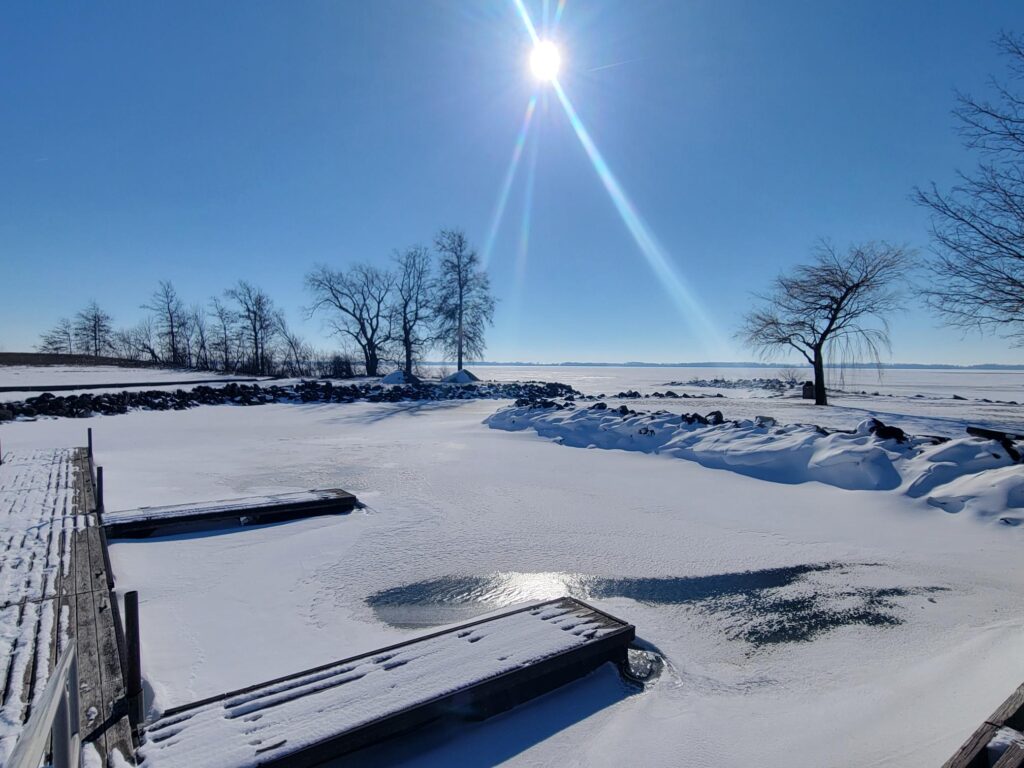
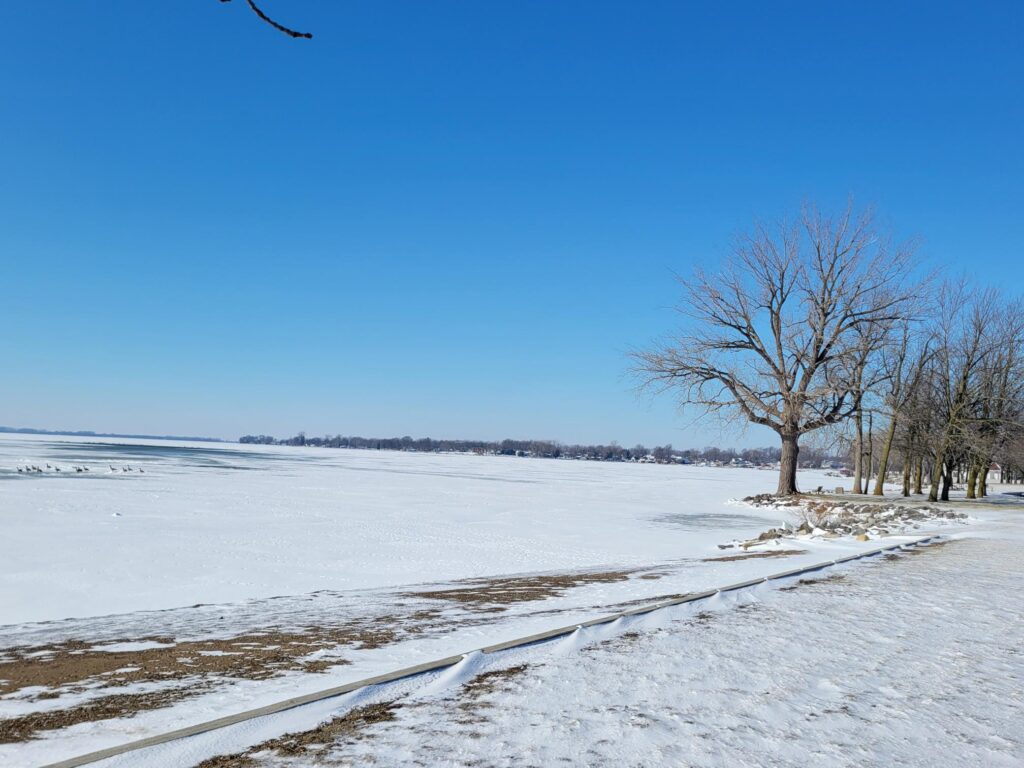
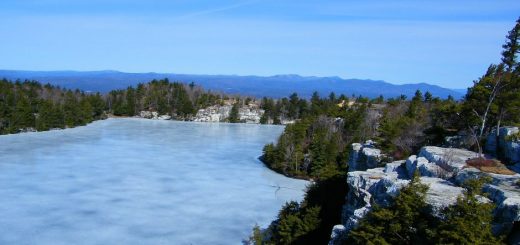
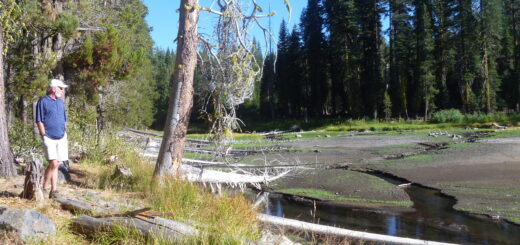

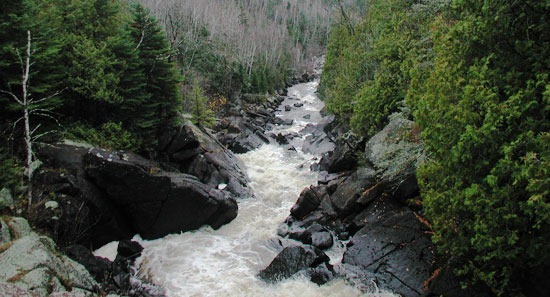






[…] in northwestern Ohio, Grand Lake St. Marys is a hypereutrophic shallow reservoir that suffers from extensive cyanobacterial blooms throughout the […]